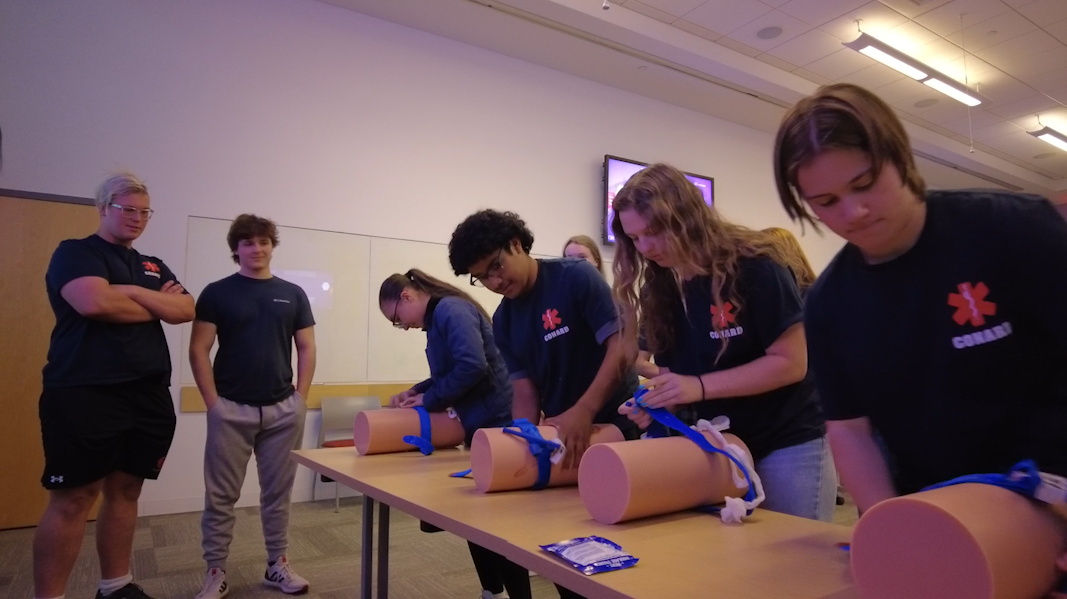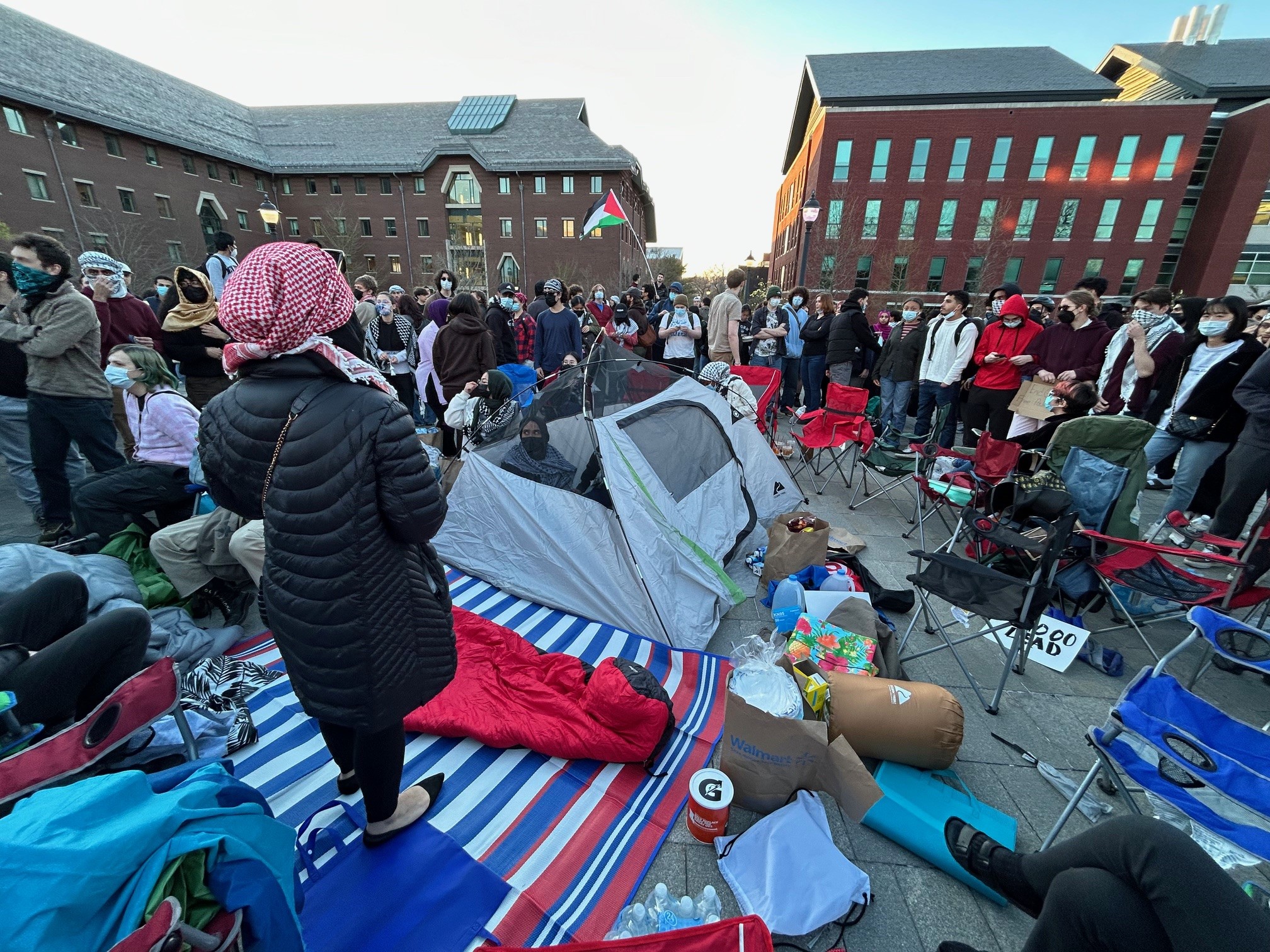It looks like this fall, New Haven students in pre-K through third grade will be in the classroom four days a week, while fourth through 12th grade students will spend two days in class, two days distance learning, and all students will be distance learning Fridays.
It’s the plan New Haven teachers were hoping for, a hybrid model based on the moderate transmission of the coronavirus currently being seen in the state.
“Dr. Tracey to her credit has been very clear that the safety and health of the students is most important, and we think this addresses that concern,” said David Cicarella, president of New Haven Federation of Teachers.
The school day starts at home where students need to take their temperature before they walk out the door. It must be under 100 degrees.
Then there’s a plan to start the social distance on the school bus. Students will be spaced out in rows.
Local
Once in the classroom, students and staff are required to wear masks and use social distancing. Classes will be split in half to create smaller groups.
Some students on Tuesday said they are ready.
“I want to go back to school,” said Anson outside of L.E.A.P.’s day camp Tuesday. The outdoor activity camp requires campers to wear masks, which Anson says doesn’t bother him, so he’s prepared for class.
School board member Darnell Goldson says he’s waiting on the plan details.
“I need it to be very specific,” said Goldson. “I need to know what kids are going to what schools, when and how they’re going to be social distanced.”
He says there’s no information yet on how much it will cost to make the required changes, which is a concern. He added there’s uncertainty over transportation costs if busses have to run more frequently, and ensuring they are properly disinfected.
Cicarella also raised cleanliness questions.
“I’m very concerned that these building are going to be properly cleaned on a regular basis,” said Cicarella. “Who’s going to do that, where’s that money coming from?”
Cicarella also raised questions about protocol for students in classrooms who aren’t able to wear masks. How do you address concerns from parents and teachers also in that classroom?
Similar questions are coming from parents as well.
“If my children get sick, then who’s going to be responsible?” asked parent Reggie Blake. “I don’t want my kids to be part of the problem.”
“If we’re really going to keep our numbers down, we need to make sure social distancing is happening,” said Tashia Boyd, vice president of Citywide Parent Team. The group helps parents and students in New Haven advocate on social issues.
After reading the 90-page plan, Boyd says there are too many questions on safety to send her children to school in the fall.
“For me and my family, my husband and I are choosing to keep our three girls home,” said Boyd.
She adds that one part of the plan that’s missing is the emotional wellness of children.
“The plan is to just send them back to school as if nothing ever happened. Well something did happen and it’s still happening,” said Boyd.
And the COVID-19 pandemic will continue to be the backdrop as these questions are ironed out for the next school year. The plan will continue to be reviewed by the board and parents until it is finalized with only a few weeks before school starts again.
Goldson says time is running short.
“You put three or four contingency plans together and by the time you’re ready to go you say, ‘ok, that’s the contingency we’re gonna go with,’” said Goldson. “We didn’t see that kind of process, so yeah, I’m concerned about having enough time.”
The plan has to be submitted to the state, which also has models for all virtual and in-class learning. In the worst case scenario, the costs related to COVID-19 could be as high as $14 million, though federal money could cover much of that.



